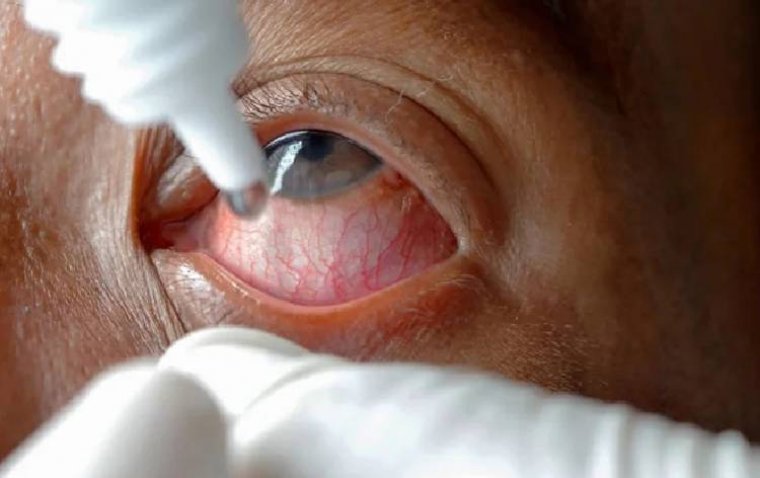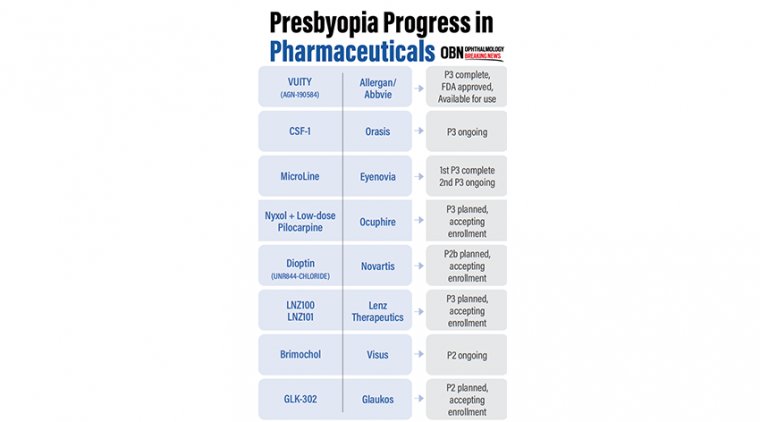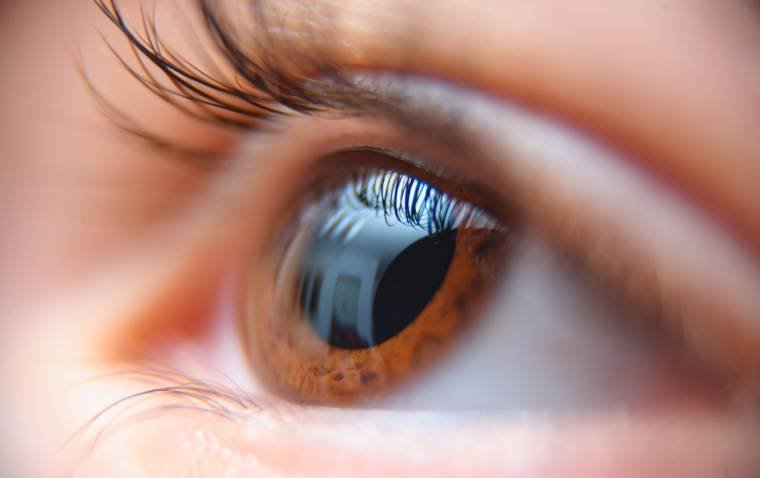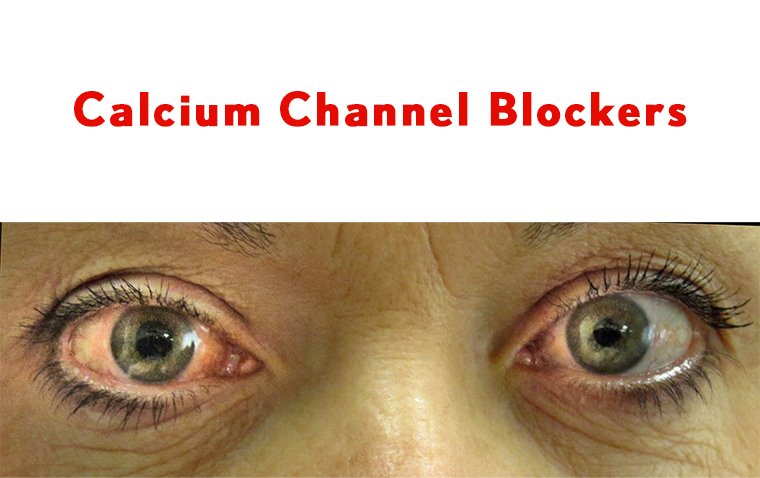
Report Highlights Significant Drug Waste from SUCD for Eye Drops
A recent report published online in Ophthalmology reveals alarming levels of drug wastage and associated costs due to self-imposed use cessation dates (SUCD) for multiuse eye drop bottles. John M. Tan and colleagues from the Icahn School of Medicine at Mount Sinai in New York City conducted a study quantifying discarded medication volumes in ambulatory clinic settings.
The study analyzed bottles discarded at three 14-day intervals from hospital-based ophthalmology clinics. Over six weeks, 297 bottles were discarded, with an average of 71.9% of the medication remaining in each bottle.
The average time between SUCDs and U.S. Food and Drug Administration-regulated expiration dates (FREDs) was 494 days (median 533 days). According to the researchers, if FREDs were followed, an estimated 91% of discarded bottles would have been fully used before expiration.
The report estimated that approximately 724,719 drops would be wasted annually, resulting in significant financial implications. Specifically, wasted drops included 188,647 encounters for proparacaine, 98,567 for tropicamide, and 42,866 for phenylephrine, amounting to an extrapolated annual cost of approximately $111,527.
"We are currently working with the Health System to consider using FDA-regulated expiration dates as the discard dates for our drops and have also instituted measures to reduce the number of bottles that are opened and ultimately wasted," stated co-author Gareth Lema, M.D., Ph.D., also affiliated with the Icahn School of Medicine at Mount Sinai.
Reference
John M. Tan et al, Ophthalmic drop waste due to self-imposed use cessation dates, Ophthalmology (2024). DOI: 10.1016/j.ophtha.2024.06.020
(1).jpg)










